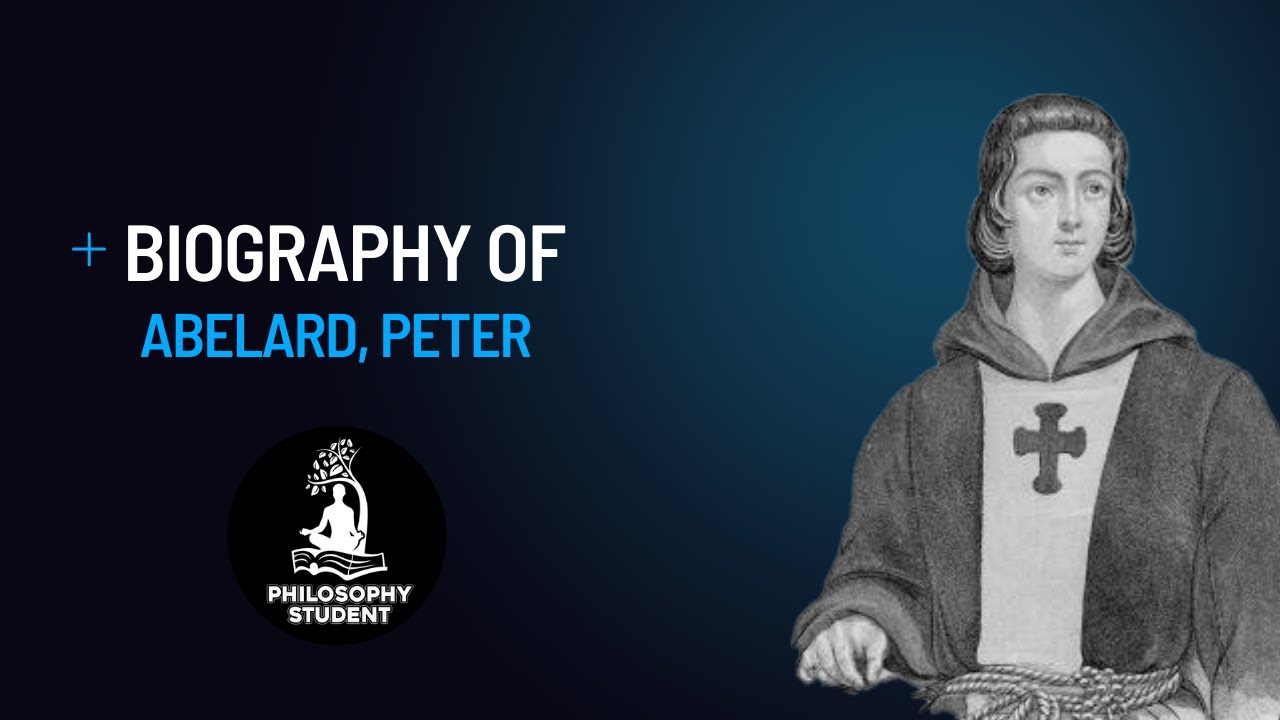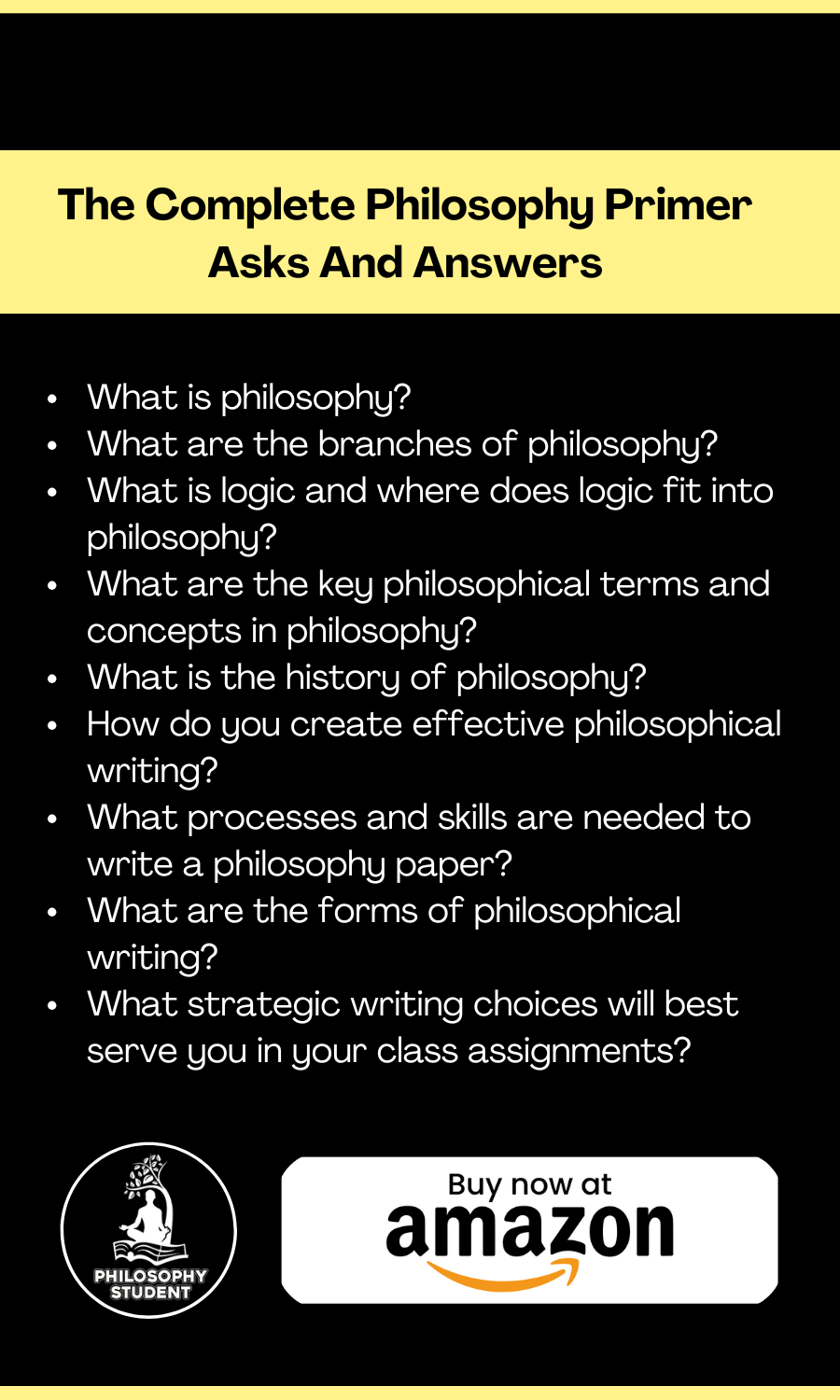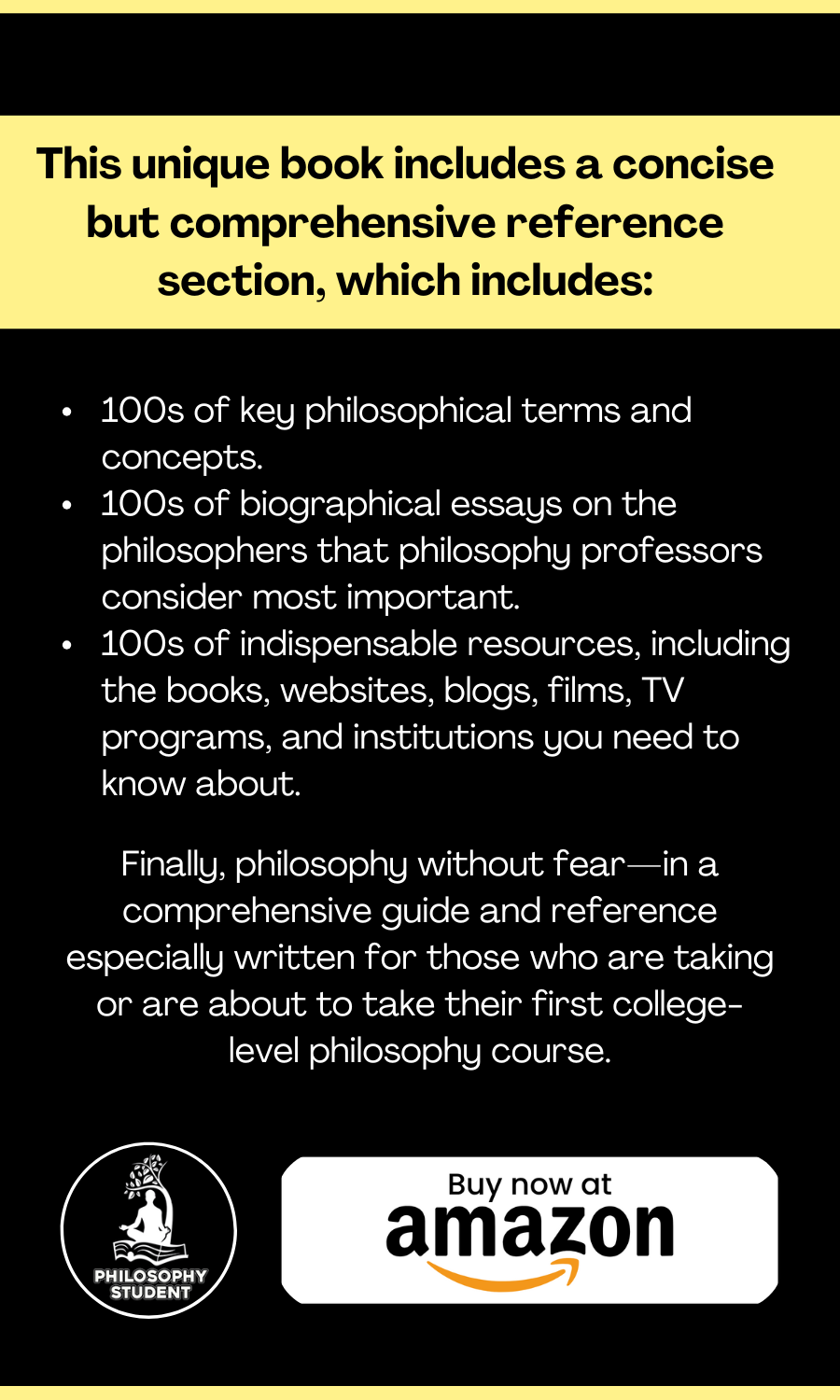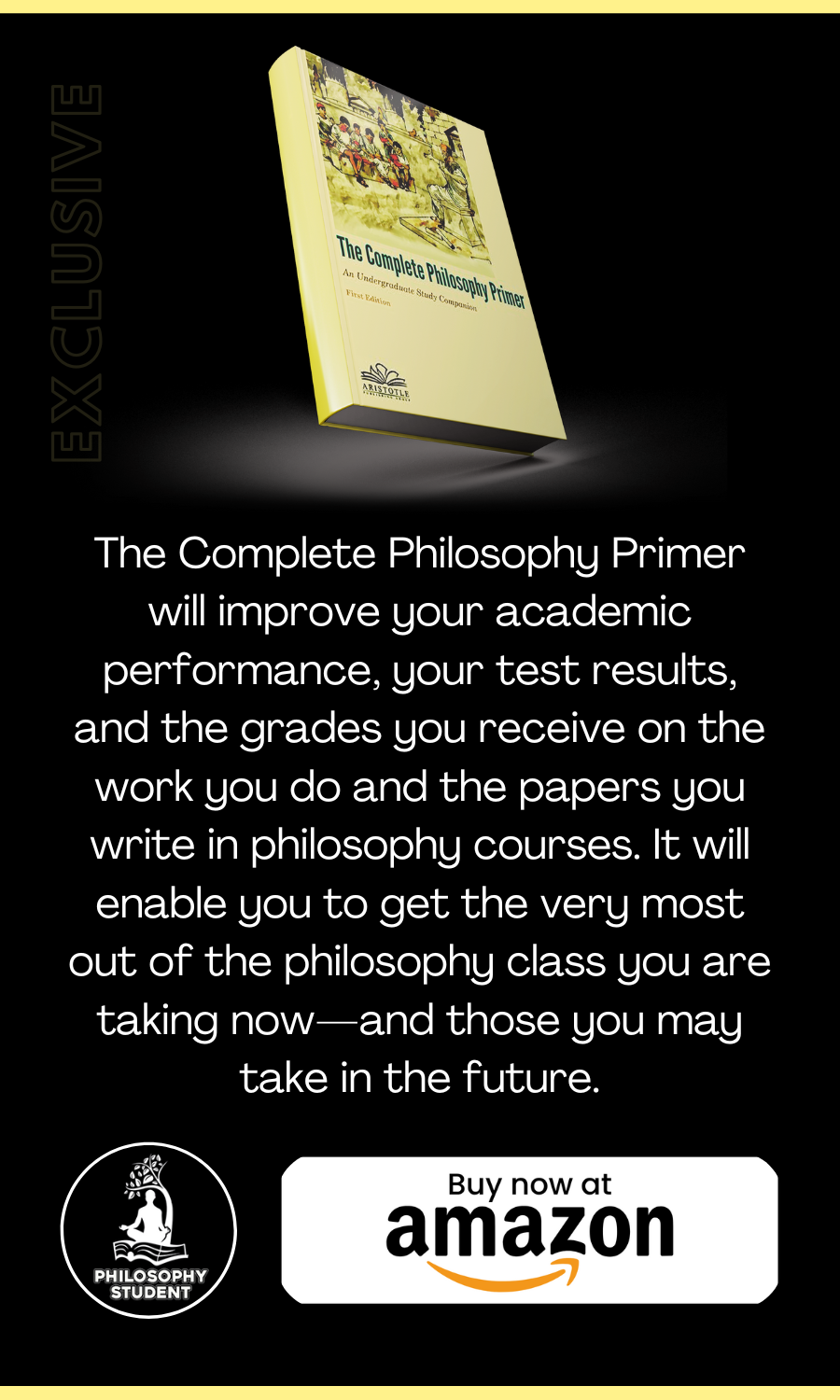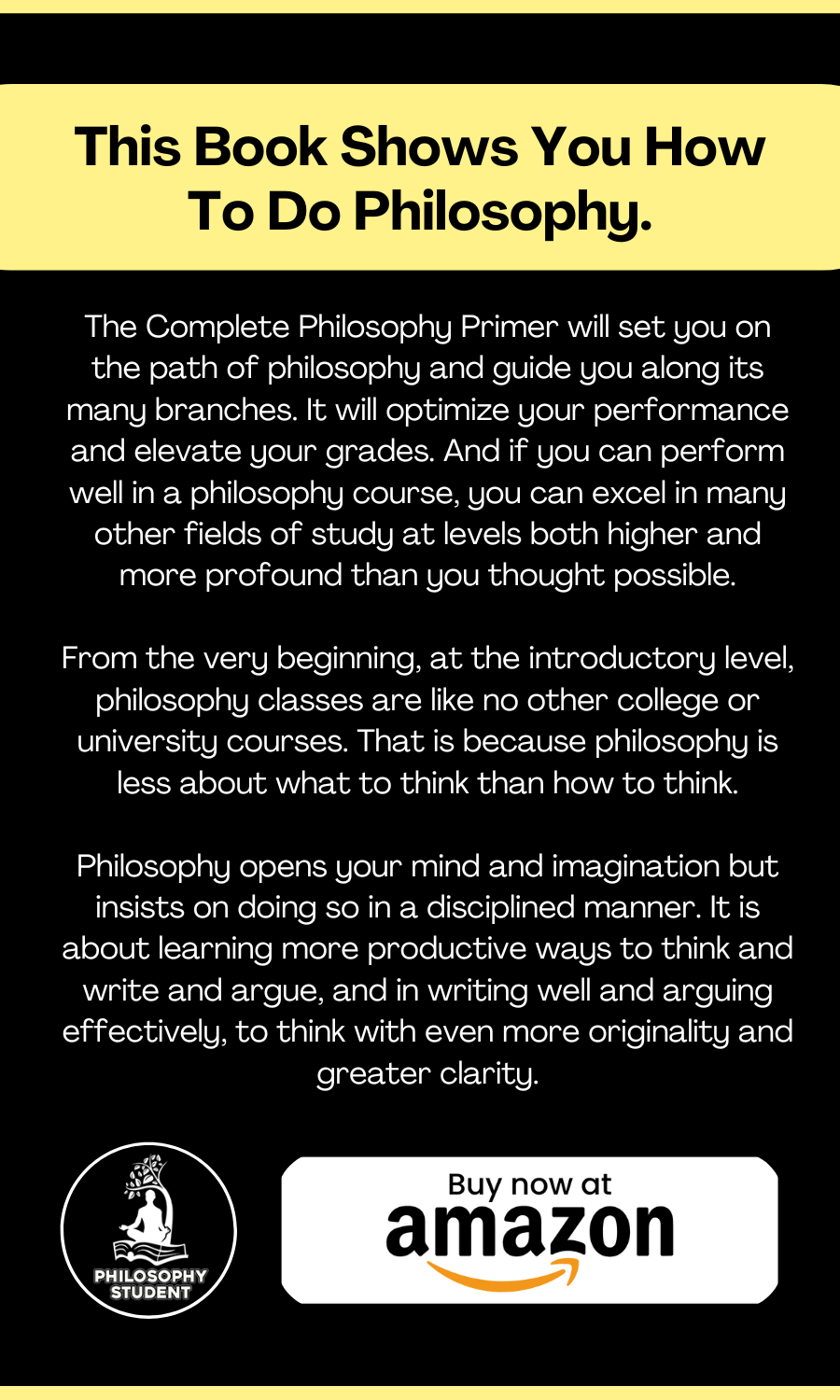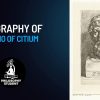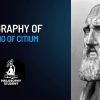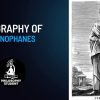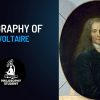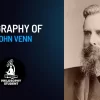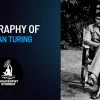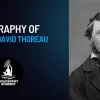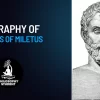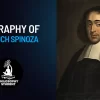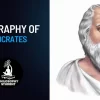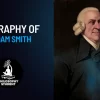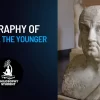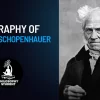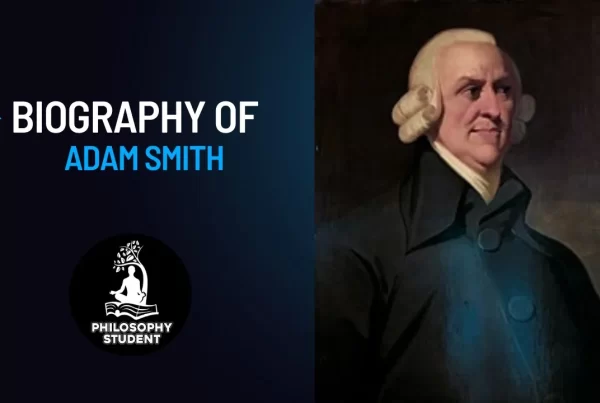Remembered in history and literature for his love affair with Héloïse d’Argenteuil (ca. 1090- 1164), in part memorialized in a classic collection of letters between the couple, Peter Abelard was the most prominent European philosopher and theologian of the twelfth century as well as a celebrated pedagogue, poet, and musician.
Abelard was born Pierre le Pallet about 1079 in Le Pallet, Brittany. Although his father was a military man, Abelard pursued academics, traveling widely throughout France, learning, debating, and teaching. In or about 1100, he studied with William of Champeaux, a so-called Realist—that is, a Neoplatonist philosopher who held that universals are in all things but are individuated in particular things by accident or, conceptually, by the mind. Abelard soon fell out with his teacher, who found him arrogant, and Abelard then established his own school at Melun. He moved his school to Corbeil between 1102 and 1104.
After an absence in Brittany, Abelard returned to his Corbeil school, and a new rivalry developed with William. When the two debated William’s Realism, Abelard prevailed and, as a result, was appointed master at Notre Dame (the precursor of the present Parisian cathedral of that name). In 1113, he traveled to Laon to embark on the study of theology and became master of the cathedral school of Notre Dame in 1115.
His prominence and wealth grew as he attracted wealthy students, including Héloïse d’Argenteuil, a brilliant young woman who lived within Notre Dame under the guardianship of her uncle Fulbert, a secular canon. Abelard secured a position in Fulbert’s house, became Héloïse’s tutor, and sometime in 1115 or 1116, began a romantic affair with her. Fulbert intervened, but the two continued secret trysts. When Héloïse became pregnant, Abelard sent her to live with his family in Brittany. There she gave birth to a son, named Astrolabe, and Abelard and she secretly wed. Ultimately, to protect her from Fulbert, Abelard arranged for Héloïse to live in the convent at Argenteuil, where she dressed like a nun but did not take religious orders. Ever vengeful, Fulbert hired thugs to castrate Abelard. After this assault, Abelard took orders and become a monk at the monastery of St. Denis, near Paris. The celebrated exchange of letters between him and his former paramour conveyed his lyrically philosophical attempts to persuade Héloïse to take vows as a nun. Her replies, included in the collection, were arguments against submitting to a religious life without feeling a calling.
As a monk, Abelard eventually resumed both study and teaching. His controversial theological lectures brought charges of heresy, but he was able to return to his monastery, where he passed his time casually antagonizing his fellow monks. At length, by mutual agreement with them, he left the monastery of St Denis and took up a secluded existence in a rustic cabin near Nogent-sur-Seine in Champagne.
Although he intended to live as a hermit, students soon discovered his whereabouts and flocked to him. Beside his hermitage, they built an oratory called the Paraclete, where Abelard resumed writing and teaching until about 1126, when he was named abbot of the monastery of Saint Gildas de Rhuys in Brittany. He gifted the Paraclete to Héloïse (with whom he had reestablished correspondence) and the nuns among whom she lived, and he wrote the Historia calamitatum, a confessional, poignantly searching, self-analytical memoir.
Abelard returned to Paris in the mid-1130s to teach. His religious superiors objected to his radical views on theology, and he stood trial for heresy. The Church ultimately silenced him as a theologian, he grew ill, and on April 21, 1142, died. Originally interred at the Paraclete, he was later reburied, with Héloïse beside him, in Père Lachaise Cemetery, Paris.
Peter Abelard’s pedagogical legacy was a generation of students who included poets, philosophers, kings, and popes. His philosophical legacy consisted essentially in his having created the scholastic method of philosophy, which aimed to give rational philosophical expression to accepted theological doctrine. This melding of theology and philosophy was highly influential throughout the Middle Ages, as was Abelard’s role in laying the foundation of Aristotle’s preeminence among medieval philosophers. In no small measure thanks to him, Aristotelian empiricism began to make inroads into Platonic authority among medieval scholars and theologians. Toward the end of his life, Abelard grew in prominence as an ethical philosopher when he developed the principle of evaluating the virtue of acts not in terms of their moral character but their moral value. The result was a turning from Platonic moral philosophy to a rational morality grounded more fully in Aristotelian empiricism.

